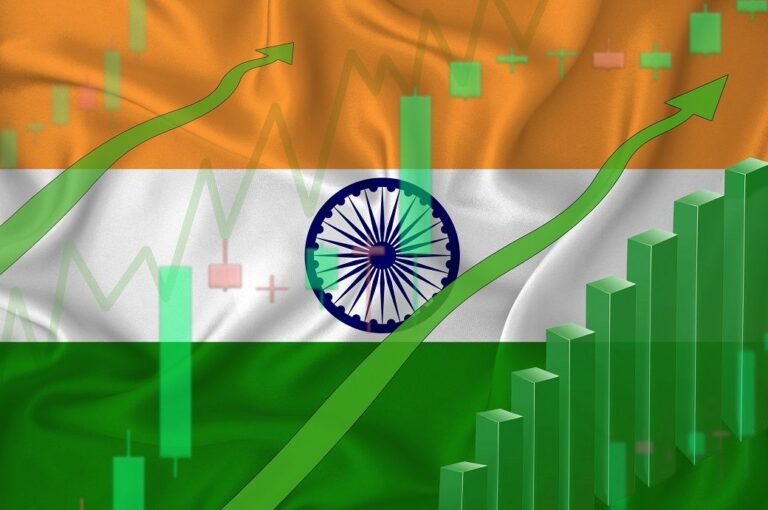
[ad_1]
Growth in South Asia region (SAR) is projected to slow to 5.5 per cent in 2023, from 6.1 per cent the previous year, on slowing external demand and tightening financial conditions, before picking up slightly to 5.8 per cent in 2024. Growth is revised lower over the forecast horizon and is below the region’s 2000-19 average growth of 6.5 per cent. This pace reflects still robust growth in India, Maldives, and Nepal, offsetting the effects of the floods in Pakistan and the economic and political crises in Afghanistan and Sri Lanka, as per World Bank’s report.
India is expected to be the fastest growing major economy in the world, as it is estimated to grow by 6.6 per cent in FY24, as per a report by World Bank. However, the country’s growth is projected to slow to 6.9 per cent in FY23, a 0.6 percentage point downward revision since June, as the global economy and rising uncertainty will affect exports.
Climate change is a significant threat in the SAR. The recent floods in Pakistan are estimated to have caused damage equivalent to about 4.8 per cent of GDP. Extreme weather events can exacerbate food deprivation, cut the region off from essential supplies, destroy infrastructure, and directly impede agricultural production.
As per the recent developments, the economies of the SAR continue to be adversely affected by shocks emanating from the Russian Federation’s invasion of Ukraine, including higher food and energy prices, and by the tightening of global financial conditions as central banks in the region and elsewhere act to fight high inflation.
Several economies, however, maintained resilient growth despite the global economic backdrop. In India, which accounts for three-fourths of the region’s output, growth expanded by 9.7 per cent on an annual basis in the first half of FY23 (April-March), reflecting strong private consumption and fixed investment growth. In Maldives, tourism rebounded robustly in 2022, returning its GDP to its pre-pandemic levels more quickly than previously expected; growth for the year is expected to be 12.4 per cent.
Other economies faced difficult domestic developments and global spill overs. Bangladesh was priced out of global energy markets and unable to meet the energy needs of households and businesses leading to blackouts and factory closures.
In Sri Lanka, output is estimated to have fallen by 9.2 per cent in 2022, as the government ran out of the foreign exchange needed to cover food and fuel imports, and to service external debt.
In Afghanistan, the sudden pause of international aid in August 2021—the foundation of economic activity for much of the preceding two decades—is estimated to have an accumulated contraction of output between 2021 and 2022 of about one-third, leading to a large increase in poverty.
Fibre2Fashion News Desk (DP)
[ad_2]
Source link